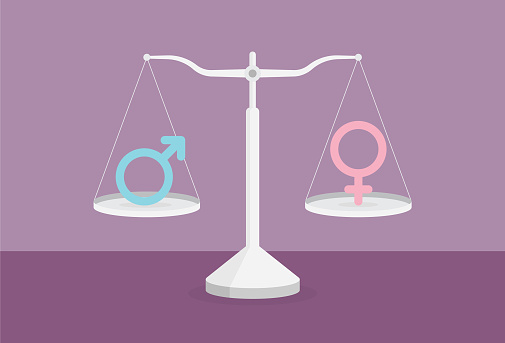
HSBC, Goldman Sachs, Morgan Stanley, and Standard Chartered all reported a rising pay discrepancy between men and women in 2022, according to the data examined by Reuters.
The data also revealed that the wage disparity between black employees and their white co-workers was the largest at the banks that reported their pay discrepancies by race.
The figures demonstrate how far financial institutions still have to go to eliminate wage disparities, despite a worldwide initiative by investors and state regulators to address injustices.
Companies in Britain with more than 250 workers are required to publish the differences in salary and incentives between male and female employees. They have until April 4 to release the information for the calendar year ending in April 2022.
The voluntary reporting of ethnicity pays information for the time included several large finance organisations.
Women were paid 45.2 per cent less than males, according to HSBC, one of the most unequal banks in the UK in terms of gender pay, which recorded a greater mean average disparity for the year. This increased from 44.9 per cent the year before.
The disparity at Goldman Sachs’ British subsidiary climbed to 53.2 per cent, up from 51.3 per cent the year before, and is now the highest among the top financial corporations examined by Reuters.
The margin at Morgan Stanley’s UK arm expanded from 40.5 to 40.8 per cent, while Standard Chartered’s gap grew from 27 to 29 percent.
In their gender pay gap reports, all four banks stated that they were taking action to address the underrepresentation of women in senior posts, which was reflected in the statistics.
“I assure you that we are intent on changing this, but of course it takes time,” Richard Gnodde, CEO of Goldman Sachs International, wrote in a memo to staff on Tuesday (4).
Most major financial firms nonetheless made progress in narrowly closing their gender pay gaps, according to their disclosures.
The average across 20 of the biggest employers decreased to 30.1 per cent in 2022, compared to 31.7 per cent the prior year. But this gap remains way above the average across all UK employers of 8.3 per cent, according to official data.
Twenty financing companies were examined, and half of them provided varied levels of data on ethnic pay gaps—some, like the insurer Phoenix, did so for the first time.
UBS acknowledged the greatest total ethnic pay disparity, at 23 per cent, however, this was a decrease from the preceding year’s 24 per cent. The majority of enterprises saw a reduction in the total ethnicity pay inequalities where data for two years was available.
When wage discrepancies were further broken down by race, it was shown that black and white employees had the biggest pay differences. The largest disparity, at 38.4 per cent, was at Deutsche Bank, albeit it had marginally decreased from the previous year.
At HSBC and Barclays, the pay gap between white and black employees widened, rising from 22.9 to 24.8 per cent and 19.2 to 19.6 per cent, respectively. In their pay gap reports, every business stated that they were improving diversity, especially at senior levels.
Other companies whose disclosures were examined by Reuters included Aviva, M&G, Admiral, Legal & General, abrdn, St James’s Place, and Schroders, as well as Lloyds, NatWest, Bank of America, JPMorgan, and Credit Suisse.
(Source: Reuters)